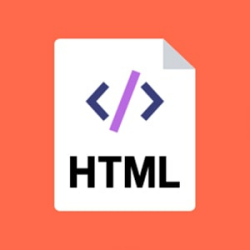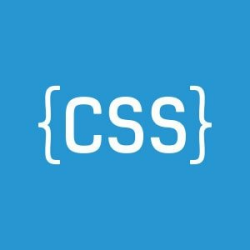How to enable email verification support in Laravel
As we all know, an email confirmation is a must-have feature for the most web application. That is the inbuilt solution for us after the Laravel v5.7 release, and we can easily implement this into Laravel projects.
So let’s get started:
Create a new Laravel Project
Run the following command to create a new Laravel project:
composer create-project --prefer-dist laravel/laravel my-app-nameDatabase Setup:
Update database credentials in the .env file:
DB_CONNECTION=mysql
DB_HOST=127.0.0.1
DB_PORT=3306
DB_DATABASE=database-name
DB_USERNAME=user
DB_PASSWORD=passwordNext, run the migration command to create tables in the database:
php artisan migrateIf you look at the database, you should get tables created accordingly and most specifically check out the users table, it has a new field added from Laravel that is email_verified_at. It is going to store date-time value when the user has verified their email.
Frontend Scaffolding
If you are using Laravel version below v6 then just run php artisan make:auth and it is done, your frontend scaffolding is ready.
If your Laravel version is v6 or above first you have to install laravel/ui package. To install it run the following command in your terminal:
composer require laravel/uiAfter that, to install the frontend scaffolding run the following command:
php artisan ui bootstrap --authIn the views directory, you will see a blade file that is resources/views/auth/verify.blade.php. This is view user is going to see when they are logged in but not verified there email address.
Prepare User Model
Next, we need to update the User model to implement MustVerifyEmailContract.
<?php
namespace App;
use Illuminate\Auth\MustVerifyEmail;
use Illuminate\Notifications\Notifiable;
use Illuminate\Foundation\Auth\User as Authenticatable;
use Illuminate\Contracts\Auth\MustVerifyEmail as MustVerifyEmailContract;
class User extends Authenticatable implements MustVerifyEmailContract
{
use Notifiable;
/**
* The attributes that are mass assignable.
*
* @var array
*/
protected $fillable = [
'name', 'email', 'password',
];
/**
* The attributes that should be hidden for arrays.
*
* @var array
*/
protected $hidden = [
'password', 'remember_token',
];
}Enable Verification on Routing
Next will have to provide a parameter to the Auth::routes(); to add an email verification route.
<?php
Route::get('/', function () {
return view('welcome');
});
Auth::routes(['verify' => true]);
Route::get('/home', 'HomeController@index')->name('home');Protect Routes
Laravel has new route middleware available for us. To use that simply do the same as we always do when whenever we use middleware with the controller, add new verified middleware into the constructor as showing below:
<?php
namespace App\Http\Controllers;
use Illuminate\Http\Request;
class HomeController extends Controller
{
/**
* Create a new controller instance.
*
* @return void
*/
public function __construct()
{
$this->middleware(['auth', 'verified']);
}
/**
* Show the application dashboard.
*
* @return \Illuminate\Http\Response
*/
public function index()
{
return view('home');
}
}Email Driver Setup
Next, you need to set up email drivers for the project, there are several ways are provided in Laravel such as SMTP, Mailgun, Mandrill, Sparkpost, etc.
Update the .env file with your preferred email driver.
MAIL_DRIVER=smtp
MAIL_HOST=smtp.mailtrap.io
MAIL_PORT=2525
MAIL_USERNAME=null
MAIL_PASSWORD=null
MAIL_ENCRYPTION=nullTest Email Verification Support
Now every configuration is done. And it's time to test it. So, create a new account see how does this implementation works.
After register, you should get redirected to the verify view, where it says verify your email address. Check your email inbox for the verification email. Click the verification link and you will be redirected to the home page.











Please login or create new account to add your comment.